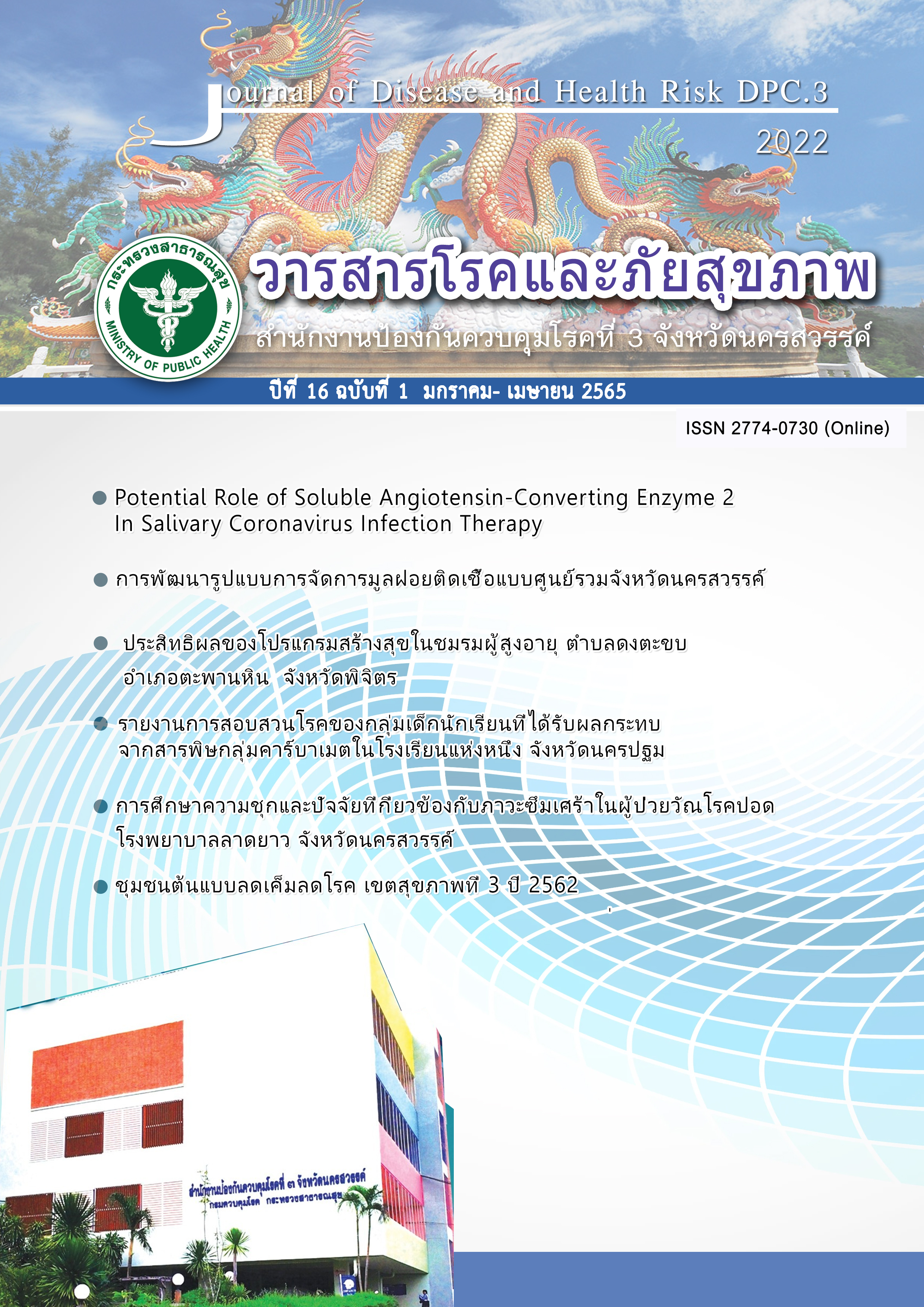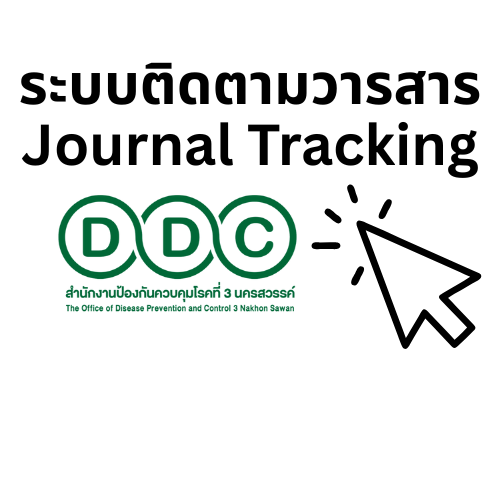Potential Role of Soluble Angiotensin-Converting Enzyme 2 In Salivary Coronavirus Infection Therapy
บทคัดย่อ
Angiotensin-converting enzyme 2 (ACE 2), a monocarboxypeptidase for cleaving several peptides within the renin-angiotensin system and other substrates that widely expressed in the gastrointestinal tract and the kidneys, with relatively low expression in the lungs [1, Figure 1]. Interestingly, higher RNA expression of ACE 2 in lung AT2 cells was found in Asian donors, compared to African and white American donors [2]. Soluble ACE 2 that lacks the membrane anchor circulates in small volumes in the blood [3]. ACE 2 and TMPRSS 2 protein expression are identified mainly in the cytoplasm and cytomembrane of the epithelial cells in the serous acinus cells in submandibular and parotid salivary glands and in vitro, exogenous ACE 2 and TMPRSS 2 can anchor and fuse to human oral mucosa and the spike protein of SARS-CoV-2 can bind to ACE 2 receptors in the salivary glands [4]. A recent study demonstrated that during the hospitalization period, 25 % of COVID-19 patients reported of taste impairment, 20 % of patients reported of difficulty in swallowing, and 15 % of patients reported of burning sensation [5]. A recent study proposed that chewing gum with SARS-CoV-2-trapping proteins can debulking virus in saliva and minimizing viral transmission
เอกสารอ้างอิง
Serfozo P, Wysocki J, Gulua G, Schulze A, Ye M, Liu P, et al. Ang ii (angiotensin ii) conversion to angiotensin-(1-7) in the circulation is POP (prolyloligopeptidase)-dependent and ACE 2 (angiotensin-converting enzyme 2)-independent. Hypertension 2020; 75 : 173-182.
DOI : https://doi.org/10.1161/HYPERTENSIONAHA.119.14071
Zhao Y, Zhao Z, Wang Y, Zhou Y, Ma Y, Zuo W. Single-cell RNA expression profiling of ACE 2, the putative receptor of Wuhan 2019-nCoV. bioRxiv 2020. DOI : https://doi.org/10.1101/2020.01.26.919985
Wysocki J, Ye M, Rodriguez E, Gonzalez-Pacheco FR, Barrios C, Evora K, et al. Targeting the degradation of angiotensin ii with recombinant angiotensin-converting enzyme 2 : prevention of angiotensin ii-dependent hypertension. Hypertension 2010; 55 : 90-98.
DOI : https://doi.org/10.1161/HYPERTENSIONAHA.109.138420
Zhu F, Zhong Y, Ji H, Ge R, Guo L, Song H, et al. ACE 2 and TMPRSS 2 in human saliva can adsorb to the oral mucosal epithelium. Journal of Anatomy 2022; 240 : 398-409. DOI : 10.1111/joa.13560
Sinjari B, D´ Ardes D, Santilli M, Rexhepi I, D´ Addazio G, Di Carlo P, et al. SARS-CoV-2 and oral manifestation : an observational, human study. Journal of Clinical Medicine 2020; 3218. 14 pages.
Daniell H, Nair SK, Esmaeili N, Wakade G, Shahid N, Ganesan PK, et al. Debulking SARS-CoV-2 in saliva using angiotensin converting enzyme 2 in chewing gum to decrease oral virus transmission and infection. Molecular Therapy 2022; 30 (4) April 2022. 13 pages.
ดาวน์โหลด
เผยแพร่แล้ว
รูปแบบการอ้างอิง
ฉบับ
ประเภทบทความ
สัญญาอนุญาต
ลิขสิทธิ์ (c) 2022 วารสารโรคและภัยสุขภาพ สำนักงานป้องกันควบคุมโรคที่ 3 จังหวัดนครสวรรค์

อนุญาตภายใต้เงื่อนไข Creative Commons Attribution-NonCommercial-NoDerivatives 4.0 International License.
ประกาศเกี่ยวกับลิขสิทธิ์
|
บทความที่เผยแพร่ในวารสารโรคและภัยสุขภาพสำนักงานป้องกันควบคุมโรคที่ 3 จังหวัดนครสวรรค์ ถือว่าเป็นผลงานทางวิชาการหรือการวิจัย และวิเคราะห์ ตลอดจนเป็นความเห็นส่วนตัวของผู้เขียน ไม่ใช่ความเห็นของสำนักงานป้องกันควบคุมโรคที่ 3 จังหวัดนครสวรรค์ หรือกองบรรณาธิการแต่ประการใด ผู้เขียนต้องรับผิดชอบต่อบทความของตน |
นโยบายความเป็นส่วนตัว
|
ชื่อและที่อยู่ อีเมล์ ที่ระบุในวารสารโรคและภัยสุขภาพสำนักงานป้องกันควบคุมโรคที่ 3 จังหวัดนครสวรรค์ จะใช้เพื่อระบุตามวัตถุประสงค์ของวารสารเท่านั้น และจะไม่นำไปใช้สำหรับวัตถุประสงค์อื่น หรือต่อบุคคลอื่น |









